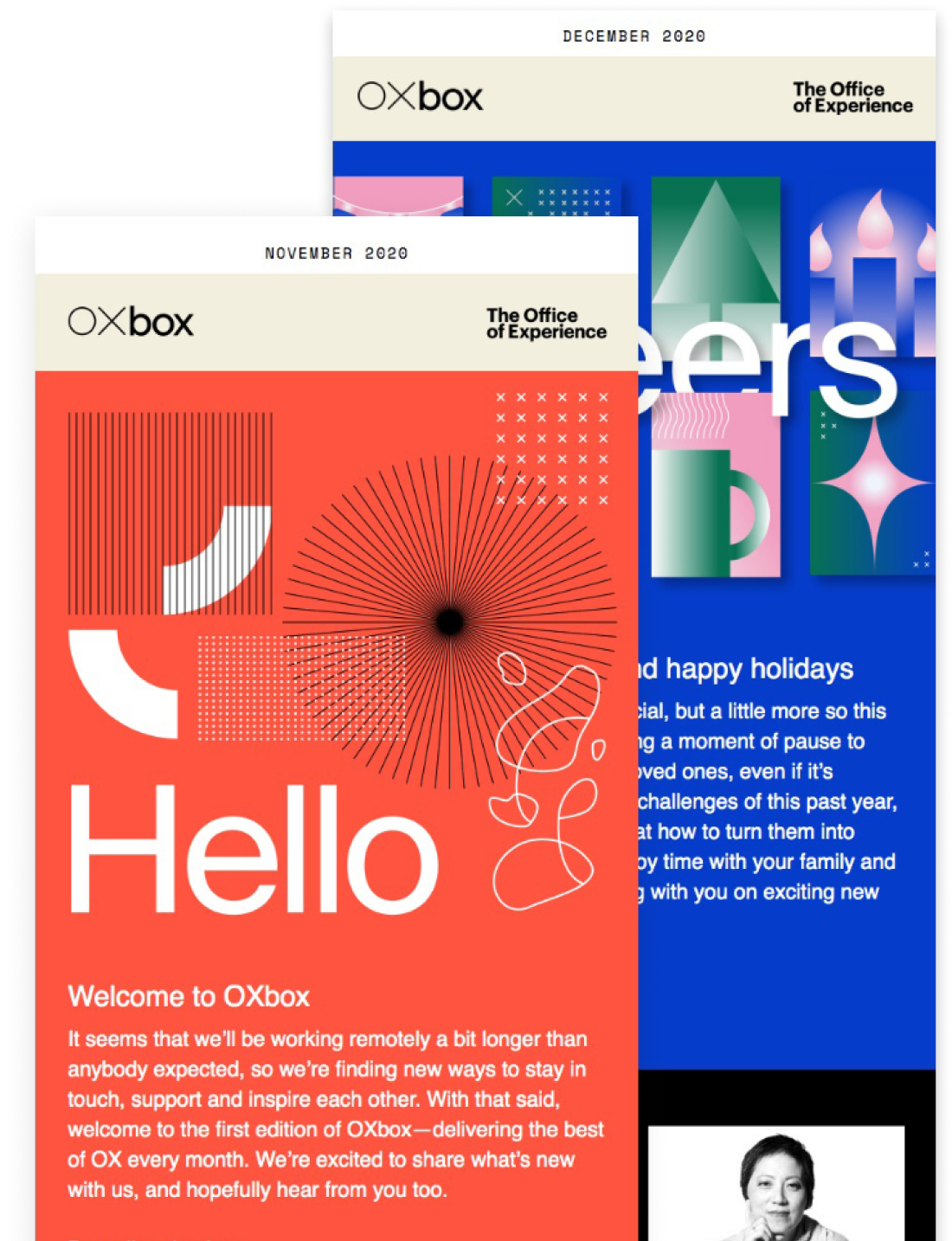
Design Thinking
Navigating the Intersection of Expectation and Reality
Why every brand must learn to anticipate and design for “n” Moments of Truth.
In 2005, A.G. Lafley, then CEO of Procter & Gamble, applied the term “moments of truth” (MOT) to marketing, and marketing has never looked back. Let’s take a look at Lafley’s original MOT insight, a few other MOTs that industry giants have since identified, and how one’s unifying way of looking at all these MOTs can help you make sure that your brand experiences are speaking directly to your customers – at every moment.
THE HISTORY OF MOMENTS OF TRUTH
In 2005, back when Lafley started talking about moments of truth, he coined two very particular “Moments of Truth” (MOT) that every brand must win. The First Moment of Truth occurs in the store when a customer is confronted by similar products competing for attention. The Second Moment of Truth occurs when the customer uses the product and learns whether it’s as good as they hoped it would be.
As few years later, Lafley added a Third Moment of Truth: the moment when the customer decides whether or not to advocate for the product, e.g., write a review, tell a friend. Google later added a fourth “Zero” Moment of Truth (ZMOT) wherein a self-educating customer researches a product and decides which product or service to buy before even visiting a store. This has become the norm, even making its way into B2B sales. Forrester reported back in 2015 that 74% of B2B buyers conduct more than half of their research online before they make an offline purchase.
A few years later after Google added ZMOT, eventricity named the Less Than Zero Moment of Truth (<MOT) which is defined as the situation that creates the need for a product or service in the first place. It’s what leads to the ZMOT. 2016 brought us another moment of truth from Amit Sharma, Founder and CEO of the shipment tracking company Narvar. He introduced us to the Actual Moment of Truth, consider to be the gap between hitting the “buy” button on a website and receiving the product.
WHY SO MANY MOMENTS?
If you feel a creeping sense of MOT anxiety, take some comfort in the notion that you’re not alone. The fact is, the aforementioned six MOTs are just the beginning. They don’t even get into customer service MOTs, maintenance MOTs, warranty and recall MOTs, checkout MOTs, etc.
The increased identification of and focus on Moments of Truth that began in 2005 can be attributed to two fundamental forces that are still at play today. First, increasing customer choice in nearly every category of product requires new forms of differentiation, especially in categories where similarly-priced products are at parity. Think about cars. There are very few bad cars being made anymore. Models in every category of vehicle have so many direct competitors that, in order to differentiate, auto manufacturers have to work up and down the experience chain, inside and outside of the vehicle, in order to identify ways of adding contrasting value for consumers.
Second, technology is making it possible for new MOTs to exist. Before Google, Bing, and YouTube, the Zero Moment of Truth for buying a new vacuum cleaner was either a door-to-door salesman, a television ad, or your next-door neighbor. Narvar is able to exploit “the gap” between order and delivery because of significant advancements in logistics technology, analytics, and automated marketing.

If we believe that customer choice and technological progress are unlikely to decrease anytime soon—a position we’d be hard-pressed to argue against—then the natural conclusion is that brands should expect to manage exponentially increasing Moments of Truth in the future. Because it’s our belief that every moment of interface with a brand, no matter how trivial, is a moment of truth.
Welcome to n Moments of Truth (nMOT).For brands to excel in an nMOT world, they must be equipped to understand the customer’s point of view and experience their brand as their customers do at every moment of interaction. Then, they must turn those insights into high-performing experiences that add value they can’t find anywhere else. That’s the art and science of experience design.
A VERY BUSY INTERSECTION
For most brands, it’s hard enough to manage one MOT well. Thinking about infinite MOTs can leave marketers and CX teams frozen in their tracks. That’s why we at The Office of Experience (OX) have boiled the process down to one simple concept: managing the intersection of expectation and reality.

At every moment of interaction with a brand, customers bring a set of expectations with them about that interaction. Those preconceived notions do not arise out of thin air. They have been shaped—consciously or not—by prior experiences, by the opinions of others, and by the brand in the form of owned, earned and paid media, among many other factors.
Further, expectations in one category affect or create expectations in other categories. For example, the world didn’t know it needed a pizza tracker until Dominos created one. Now, we expect to be able to track virtually every product we buy or service with which we engage in real time. If I can track a $10 pizza, why can’t I track a $200,000 piece of industrial equipment?
Brand experiences are made or broken by the reality we meet on the other side of our expectations, which, in turn, affects business performance. Do we ultimately buy as a result? Do we buy more? Do we buy more often? Do we tell our friends about it and advocate on behalf of the brand?
While the people, processes, and systems required to manage brand experience holistically are complex, the principle is simple. It’s about seeing your brand through your customers’ eyes and being curious—about what’s really valuable, about what’s possible, and about how other brand experiences might be successfully applied to yours.
Drop us a line
ALL FIELDS REQUIRED







